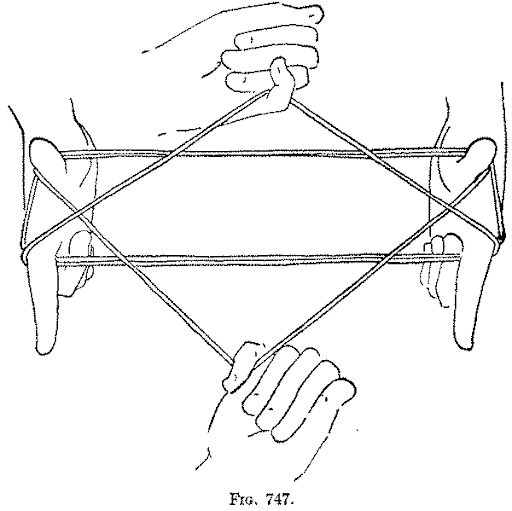Donna Haraway's question comes to mind:
"How can science studies scholars take seriously the constitutively militarized practice of technoscience and not replicate in our own practice, including the material-semiotic flesh of our language, the worlds we analyze?"
And her provocation to think of relationality as a game of cat's cradle:
"Cat's cradle is about patterns and knots; the game takes great skill and can result in some serious surprises. One person can build up a large repertoire of string figures on a single pair of hands; but the cat's cradle figures can be passed back and forth on the hands of several players, who add new moves in the building of complex patterns. Cat's cradle invites a sense of collective work, of one person not being able to make all the patterns alone. One does not "win" at cat's cradle; the goal is more interesting and more open-ended than that. It is not always possible to repeat interesting patterns, and figuring out what happened to result in intriguing patterns is an embodied analytical skill. The game is played around the world and can have considerable cultural significance. Cat's cradle is both local and global, distributed and knotted together."
See: Haraway, Donna. ‘A Game of Cat’s Cradle: Science Studies, Feminist Theory, Cultural Studies’. Configurations 2, no. 1 (1994): 59–71. https://doi.org/10.1353/con.1994.0009.
